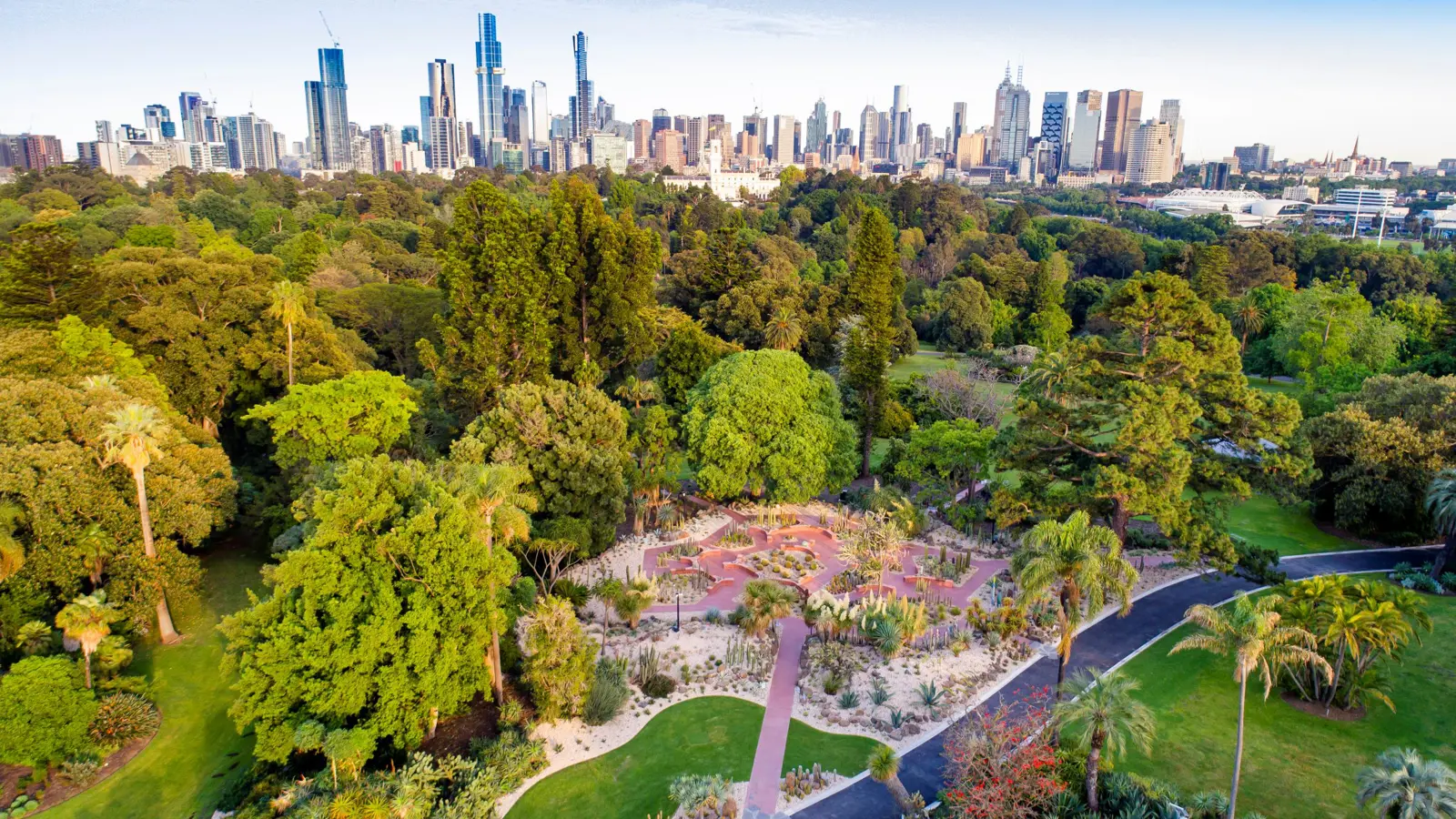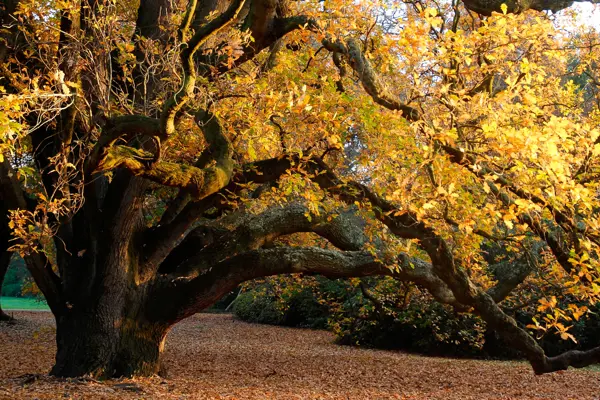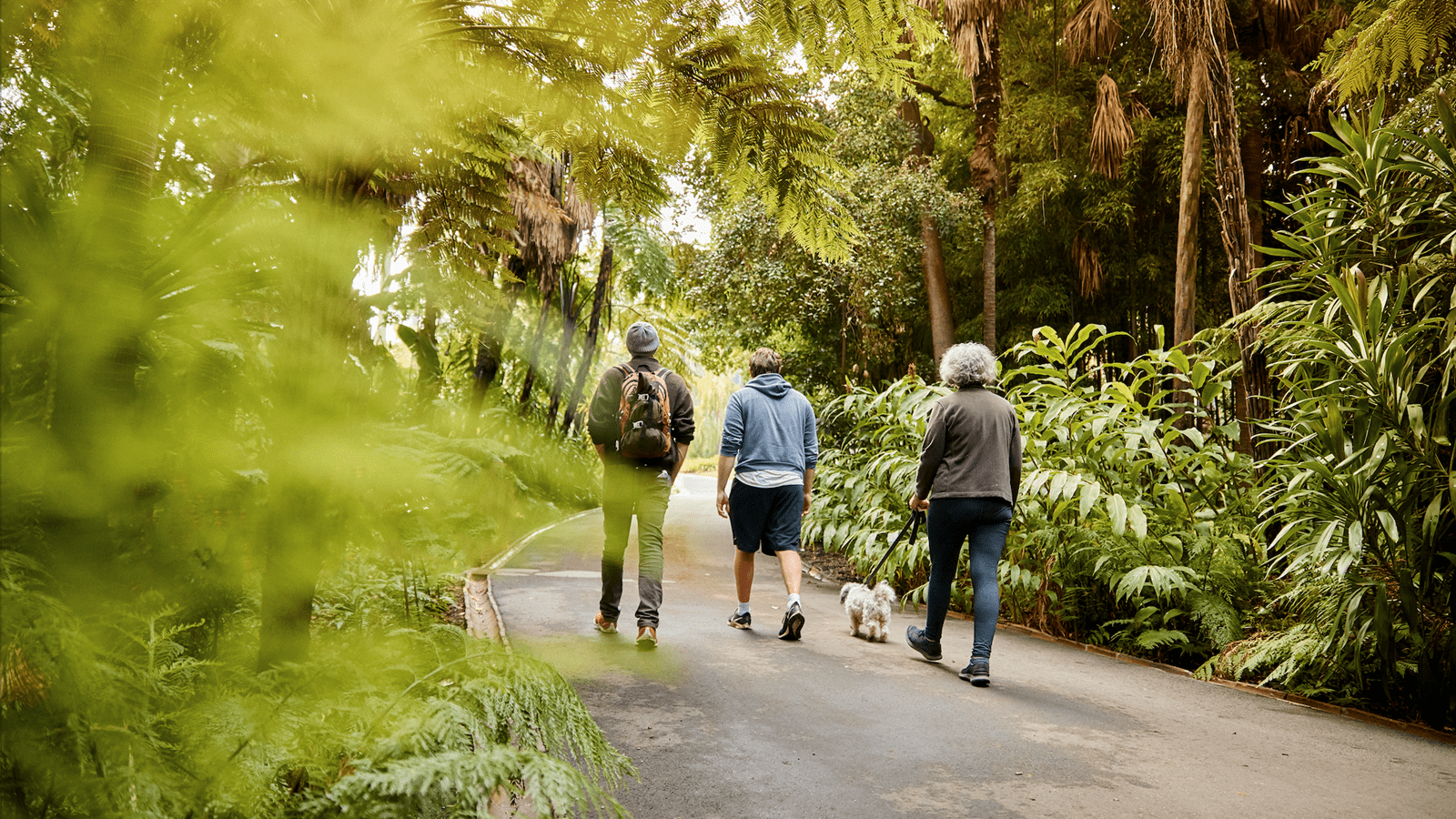

Conservation
Jump to:
Conserving rare species for future climates
Botanic gardens play a critical role in the conservation of rare and threatened species, through research and ex situ protection in seed banks and in living collections.
This landmark project sought to identify a suite of nationally and globally threatened plant species that are not currently grown in Royal Botanic Gardens Victoria, but may be well suited to Melbourne’s future climate.
The composition of living collections is changing in response to sustainability imperatives, such as reduced water use, and environmental changes such increasing temperatures due to urban heat and climate change. One opportunity offered by these changing conditions is through protection of a new collection of rare and threatened species that are better suited to the Gardens’ future climate.
Similar methodologies that were used in the Project: Assessment of the Climate Change Risk to the Living Plant Collections (Melbourne Gardens) was applied to determine the temperature envelopes of rare and threatened species and suitability against projected climate change scenarios
Listings of over 20,000 threatened species were obtained from the International Union for Conservation of Nature (IUCN) Red List, Australia’s national Environment Protection and Biodiversity Conservation (EPBC) Act, Victoria’s Flora and Fauna Guarantee (FFG) Act, the Victorian government’s Department of Sustainability and Environment (DSE) Advisory List, as well as the statutory lists for all other states and territories. Of these, a total of 12,145 species (60.1%) were able to be assessed. A simple colour coding flag scheme was used to indicate species risk in future climates. For example, a red flag was used to indicate species where Melbourne’s temperature projection was warmer than 97.5% of known occurrences of the species.
Many species were identified as potentially well suited (green flagged) to each future climate scenario for Melbourne: 3,322 in the ‘emissions limited’ scenario and 2,991 in the ‘business as usual’ scenario. Investigations are continuing to responsibly select and source these more suitable species for planting in the Gardens to highlight the conservation of threatened species, interpret climate futures and support scientific research programs.
This project produced a written report and an analysis spreadsheet that has been incorporated within the Living Collections Database to be used in conjunction with strategic planning to protect existing collections or develop new ones. Protection of rare and threatened plants will likely require collaboration with other botanic gardens to conserve species most at risk in the current living collection by transfer of material to more suitable locations, and to source new species to be used in plant conservation programs at Melbourne Gardens.
Download a copy of the Report here
More about the Strategy


